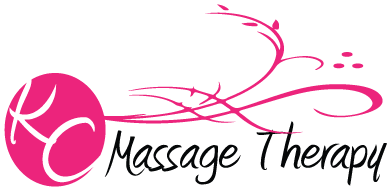Getting a massage combats depression and sadness
We all know that massage therapy helps soothe sore muscles and improve blood circulation, but did you know that it helps lift depression and sadness too? Using their hands, fingertips, elbows and arms, massage therapists use a variety of different pressures all over your body to relieve physical and emotional problems.
The stress hormone cortisol can build up in your body when you have anxiety, leading to depression, higher blood pressure, and a lower immune system. Massage therapy combats these issues by increasing the flow of good hormones like serotonin and dopamine to your brain, causing instant relief from symptoms of depression and sadness.
It’s important to understand that there are different types of depression. According to an article by Don McCann, MA, LMT, LMHC, CSETT (source)
Situational depression occurs in an overwhelming situation, typically during the mourning of a loved one. Family of origin depression occurs when there are unresolved family issues. Moderate depression appears cyclical and like family depression, will be longer lasting than situational depression. Severe depression often requires hospitalization and Chronic depression is usually moderate to severe.
Don McCann: “With all the above forms of depression there is a structural collapse in the client. This involves a shortening of the abdominal muscles and a tightening of the diaphragmatic arch which pulls the chest down and forward, limiting its ability to expand during breathing. There is an additional medial rotation of the shoulders and internal rotation of the arms resulting in a kyphosis that further restricts breathing. Without the support of the thoracic region, the head and neck will move forward and down and further into collapse. All this distortion of the upper body will lead to further distortion in the lower body and give the structure an image of being fully collapsed. The degree of structural collapse will depend upon the severity of depression and its duration.”
Applying massage with the goal of releasing the structural collapse associated with depression will bring the client from a hopeless, helpless collapsed structure to one that is supported and erect. This sense of support will give the client feelings of being stronger and more capable of dealing with the issues of their depression. Key areas to release for structural support are: 1) the abdomen and diaphragmatic arch; 2) the musculature and connective tissue of the front of the chest that cause a sunken chest and medial rotation of the shoulders; 3) the musculature and connective tissue of the anterior shoulder and upper arms that cause an internal rotation of the arms; and 4) the musculature and connective tissue of the anterior neck followed by the posterior neck and top of the shoulders. Follow this by bringing the legs out of hyperextension and more under the body. All of this will result in a significant structural change in a depressed client.
While releasing the structural collapse associated with depression you will also be releasing the breath process which will allow depressed clients to energize their system and have more energy. This additional energy will allow them to take part in their lives and move out of depression.
